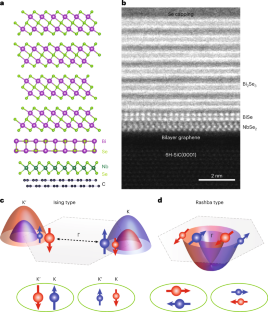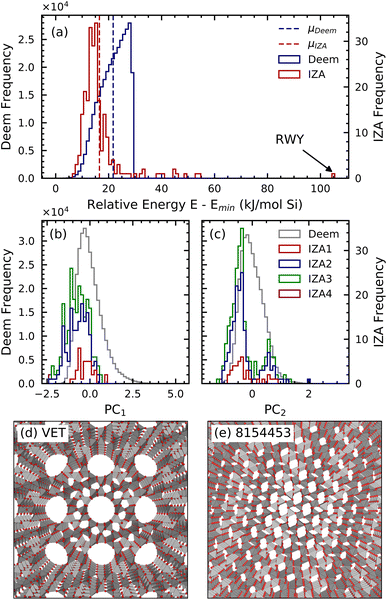トポロジカル絶縁体と単層超伝導体を融合させることで、理論的に考えられているトポロジカル超伝導をサポートできることを示す研究成果。 Study shows that merging topological insulators with a monolayer superconductor could support theorized topological superconductivity.
2022-10-27 ペンシルベニア州立大学(PennState)
<関連情報>
- https://www.psu.edu/news/eberly-college-science/story/new-hybrid-structures-could-pave-way-more-stable-quantum-computers/
- https://www.nature.com/articles/s41563-022-01386-z
エピタキシャルBi2Se3/単層NbSe2ヘテロ構造におけるイジング型からラッシュバ型への超伝導のクロスオーバー Crossover from Ising- to Rashba-type superconductivity in epitaxial Bi2Se3/monolayer NbSe2 heterostructures
Hemian Yi,Lun-Hui Hu,Yuanxi Wang,Run Xiao,Jiaqi Cai,Danielle Reifsnyder Hickey,Chengye Dong,Yi-Fan Zhao,Ling-Jie Zhou,Ruoxi Zhang,Anthony R. Richardella,Nasim Alem,Joshua A. Robinson,Moses H. W. Chan,Xiaodong Xu,Nitin Samarth,Chao-Xing Liu & Cui-Zu Chang
Nature Materials Published:27 October 2022
DOI:https://doi.org/10.1038/s41563-022-01386-z

Abstract
A topological insulator (TI) interfaced with an s-wave superconductor has been predicted to host topological superconductivity. Although the growth of epitaxial TI films on s-wave superconductors has been achieved by molecular-beam epitaxy, it remains an outstanding challenge for synthesizing atomically thin TI/superconductor heterostructures, which are critical for engineering the topological superconducting phase. Here we used molecular-beam epitaxy to grow Bi2Se3 films with a controlled thickness on monolayer NbSe2 and performed in situ angle-resolved photoemission spectroscopy and ex situ magnetotransport measurements on these heterostructures. We found that the emergence of Rashba-type bulk quantum-well bands and spin-non-degenerate surface states coincides with a marked suppression of the in-plane upper critical magnetic field of the superconductivity in Bi2Se3/monolayer NbSe2 heterostructures. This is a signature of a crossover from Ising- to Rashba-type superconducting pairings, induced by altering the Bi2Se3 film thickness. Our work opens a route for exploring a robust topological superconducting phase in TI/Ising superconductor heterostructures.




この研究では、分子線エピタキシーという手法を用いて、トポロジカル絶縁体と超伝導体の両方の膜を合成し、トポロジカル超伝導現象を探索するための優れたプラットフォームとなる2次元ヘテロ構造を作った。
この2つの材料を組み合わせるこれまでの実験では、トポロジカル絶縁体層を上に成長させると、通常、薄膜の超伝導は消失してしまう。物理学者は、3次元の「バルク」超伝導体の上にトポロジカル絶縁体膜を追加し、両材料の特性を保持することに成功したのである。しかし、量子コンピュータやスマートフォン内の低消費電力チップなど、トポロジカル超伝導体の応用には、2次元であることが必要である。
今回、研究チームは、二セレン化ニオブ(NbSe2)の単層膜からなる超伝導体膜の上に、セレン化ビスマス(Bi2Se3)からなるトポロジカル絶縁体膜を異なる厚さで積層し、最終製品である2次元的な構造を作製しました。研究チームは、このヘテロ構造を非常に低い温度で合成することにより、トポロジカル特性と超伝導特性の両方を維持することに成功した。